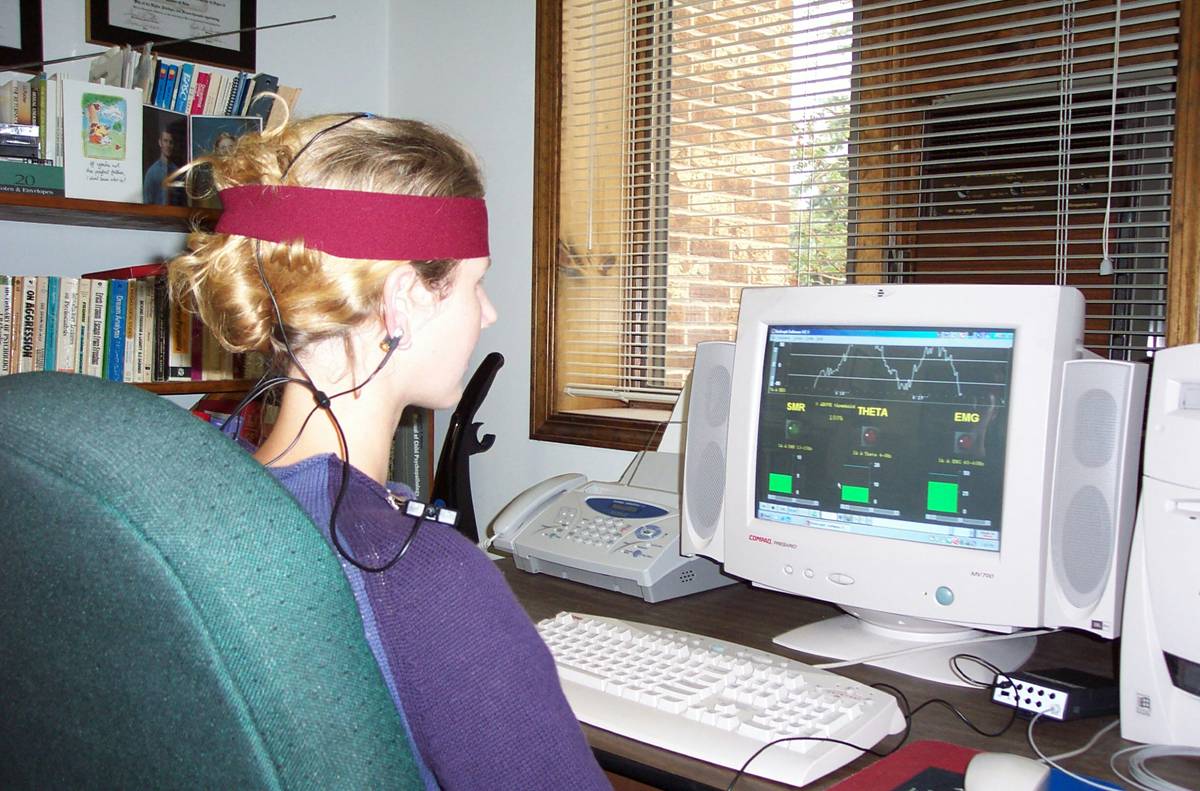Difference between revisions of "Neurofeedback"
Jump to navigation
Jump to search
(Historical overview) |
(Public & Media Impact and Presentation) |
||
| Line 31: | Line 31: | ||
http://www.brainworksneurotherapy.com/press/sunday-times-real-brainwave | http://www.brainworksneurotherapy.com/press/sunday-times-real-brainwave | ||
| − | http://www.nytimes.com/2010/10/05/health/05neurofeedback.html | + | <blockquote>The procedure is controversial, expensive and time-consuming. An average course of treatment, with at least 30 sessions, can cost $3,000 or more, and few health insurers will pay for it. Still, it appears to be growing in popularity.<ref>ELLISON, Katherine. Neurofeedback Gains Popularity and Lab Attention. The New York Times [online]. 2010, Oct 4. Available online at: http://www.nytimes.com/2010/10/05/health/05neurofeedback.html (Retrieved 1st August, 2017).</ref></blockquote> |
== Public Policy == | == Public Policy == | ||
Revision as of 14:20, 1 August 2017
List of Neurofeedback devices:
Contents
Main Characteristics
Purpose
Historical overview
Electroencephalography (EEG), on which neurofeedback is based, was developed by Hans Berger between 1929 and 1938.[1]
Important Dates
Enhancement/Therapy/Treatment
https://www.theguardian.com/technology/2008/feb/21/research.games
Ethical & Health Issues
Public & Media Impact and Presentation
https://www.psychologytoday.com/blog/brain-myths/201302/read-paying-100s-neurofeedback-therapy-0
https://www.nationalelfservice.net/mental-health/adhd/neurofeedback-for-adhd-in-children/
http://www.brainworksneurotherapy.com/press/sunday-times-real-brainwave
The procedure is controversial, expensive and time-consuming. An average course of treatment, with at least 30 sessions, can cost $3,000 or more, and few health insurers will pay for it. Still, it appears to be growing in popularity.[2]
Public Policy
Related Technologies, Projects, or Scientific Research
References
- ↑ KAISER, David A. Basic Principles of Quantitative EEG. Journal of Adult Development, 12(2/3), August 2005. Doi: 10.1007/s10804-005-7025-9 Available online at: https://link.springer.com/article/10.1007%2Fs10804-005-7025-9 (Retrieved 1st August, 2017).
- ↑ ELLISON, Katherine. Neurofeedback Gains Popularity and Lab Attention. The New York Times [online]. 2010, Oct 4. Available online at: http://www.nytimes.com/2010/10/05/health/05neurofeedback.html (Retrieved 1st August, 2017).
